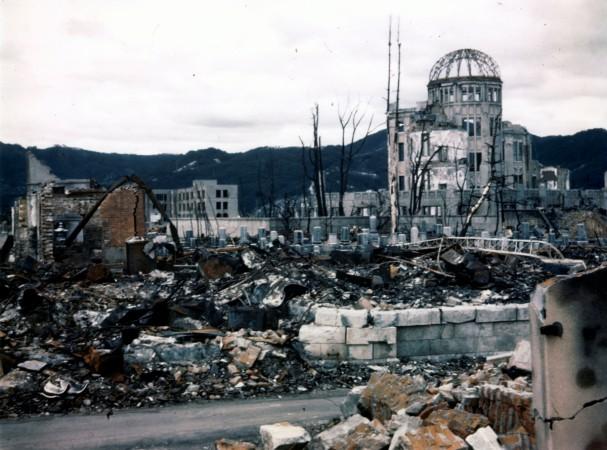
In a series of firsts, the U.S. had sent State Secretary John Kerry to Hiroshima in April 2016, and he had said there the memorial was a "stunning" and "a gut-wrenching display." A month later, Barack Obama is set to be the first American president in office to visit the Hiroshima memorial.
Both Obama and Kerry talked about the complexities of war and the choices made by leaders during one. They also acknowldeged victims of World War II.
Obama's visit to Hiroshima, he was quoted as saying by CNN, was meant to highlight the "very real risks" of nuclear weapons.
Hiroshima was the first city to be attacked by a nuclear weapon and the U.S. was the first country to use one. The A-Bomb dome is a symbol of "peace city" Hiroshima. Before the attack it was used as Hiroshima's Prefectural Industrial Promotion Hall.
Also read: US President Barack Obama to make historic visit to Hiroshima
Today, the memorial is a reminder of the long-drawn suffering of the victims who survived and the 140,000 people who died on Aug. 6, 1945, and on succeeding days.

















